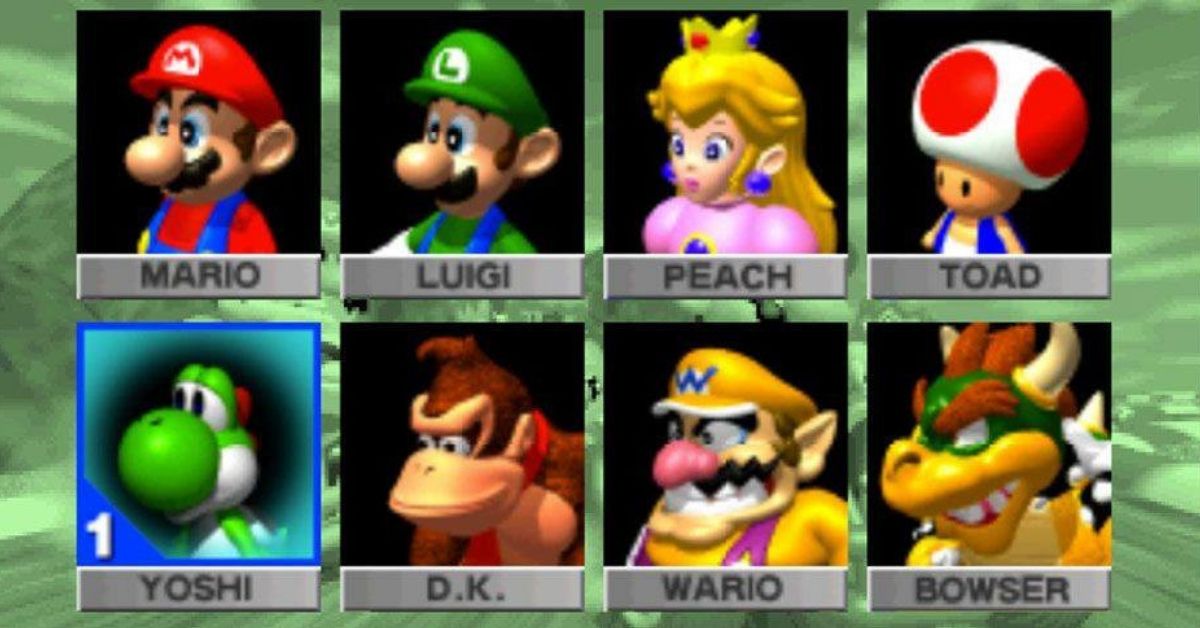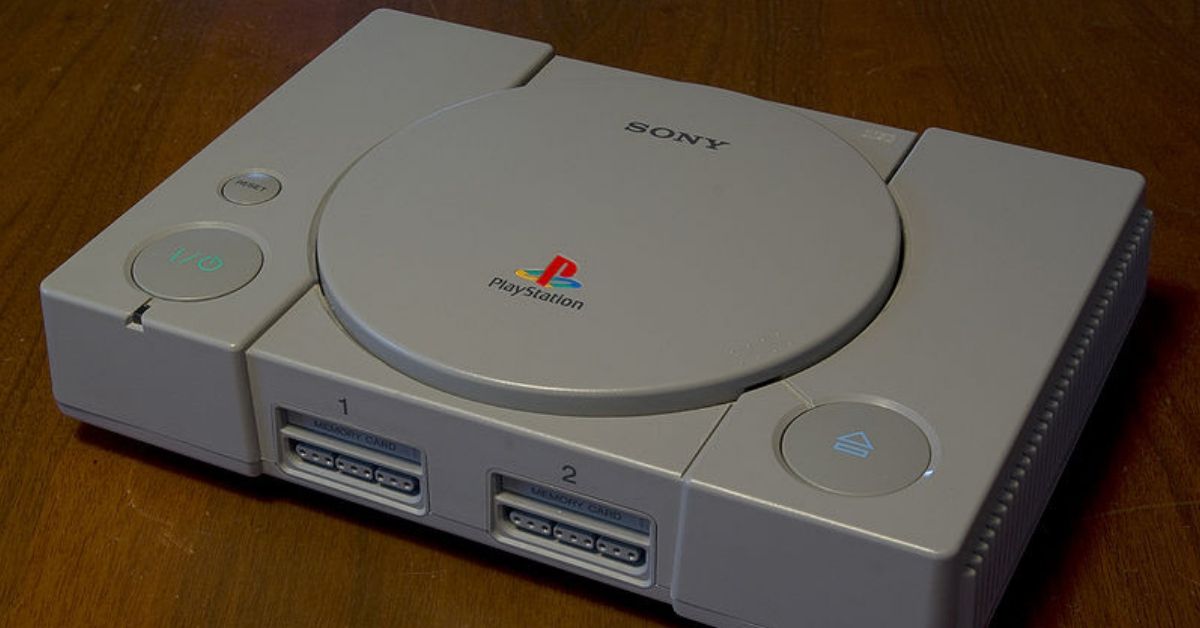
Pop Culture | Video Games | 80s | 00s | 90s
Nintendo Power Is Back - Celebrate With 13 Facts About The Iconic Magazine

If you grew up playing Nintendo's classic video games, then you depended on the company's official magazine Nintendo Power for insider info, tips and tricks for your favorite games.
While fans said goodbye to the magazine in 2012, Nintendo has revived Nintendo Power as a new podcast. There's more info on that below, but let's remember the magazine with 13 cool facts that are definitely Confidential.
1. It started out as "Fun Club News"
Nintendo fans who purchased the company's games could sign up for a 6-page leaflet called Fun Club News, which contained sneak previews of new Nintendo games.

But the company wasn't prepared for how popular the Fun Club became. By the fourth issue, the flyer had 600,00 subscribers. The project was taking up so much of Nintendo's advertising budget that turning it into a full magazine was a no-brainer.
2. The brains of the operation was a woman
While Gail Tilden was the editor-in-chief of Nintendo Power for a decade, and later helped bring Pokemon to America, most nerds who grew up reading the magazine had never even heard of her. She says that was intentional.

“No reader wants their mom to be the person running their video game magazine,” she told Complex. "It was very conscious that the editors did not have pictures of themselves in the magazine. It took away from the idea that the magazine was about ‘you,’ the consumer."
In fact Tilden's picture only showed up once while she ran the magazine.
3. The magazine's early months were a pain
Nintendo Power was the official mouthpiece of Nintendo of America, but while Tilden and her writers worked stateside, the magazine's layouts and design were handled in Japan.

Since this was the late '80s, the only way for her to check on the designers was for Tilden to fly back and forth between the two countries, which wasn't as fun as it sounds.
4. Howard and Nester had a real-life inspiration
One of the magazine's mascots and the star of Nintendo Power's comics section was based on the magazine's fact checker, Howard Phillips. His signature "quirky" look, including his bow tie, can be seen in the design of the character.

"The character ‘Howard’ was pretty true to my role as Nintendo Gamemaster" Phillips admitted. "The bowtie is all me."
5. Steve Wozniack was obsessed with making it into the magazine

It turns out the Woz, one of the founders of Apple, had a serious devotion to holding the magazine's high score for Tetris. Here's the story in his own words:
I constantly had the top score for Gameboy Tetris in the Nintendo Power rankings. It got to where they wanted fresh names in the list and said they would not accept my submissions any longer. So I spelled my name backwards (Evets Kainzow) and changed the city from Los Gatos to Saratoga. Sure enough, they printed that name at the top of the next list of scores. I even have that issue of Nintendo Power, thanks to a thoughtful fan who gifted me with it recently.
Pretty sneaky, Zow.
6. Cracking 4.5 in a review was pretty tough
Before 1996, just 19 of the more than 1,500 games reviewed by the magazine scored 4.5 or higher, meaning just 1.3% made the magazine's upper echelon. Kirby's Pinball Land was the sole GameBoy game on the list, and 11 of the titles were NES games.

Strangely, one of the hardest games to top in Nintendo Power's early years was The Three Stooges, which earned a 4.7. That means it beat Super Mario World, Super Metroid, and SimCity. As if!
7. The magazine had a very expensive giveaway
When the hit Japanese role-playing game Dragon Quest was released in America as Dragon Warrior, players weren't exactly fighting over copies of the game. To get rid of the unsold cartridges, Nintendo passed out free copies of the game to new Nintendo Power subscribers.

At $50 for a new copy, the $20 subscription was a massive discount, and 500,000 readers took advantage of the offer. Still, in the end Nintendo won out, because years later the Dragon Quest series has found its audience in North America.
8. War stories
One of the most interesting stories featured in the magazine involved a GameBoy that took a licking in the Gulf War but kept on ticking. Reportedly, the GameBoy belonged to a soldier whose barracks were hit by a bomb.
While the case was shredded, the screen has never been replaced and it still plays Tetris just fine. The GameBoy is now on display at the Nintendo World store in New York.
9. 885-PLAY
One of the magazine's mainstays was ads for the company's support number. The number was originally a free service, but as demand grew, Nintendo changed it to a hotline that charged per-minute for game advice.

“We had, literally, hundreds of people on shift," Tilden reveals, "because we were serving the whole country.” Despite how hard the game guides worked, sometimes kids got further in new games than they had, and wound up giving advice to Nintendo's adult testers.
10. The Konami Code was unveiled in the first issue
While we relied on it to give us extra lives in Contra, over the years the iconic video game cheat code has been added to a lot of websites. Nintendo fans were introduced to the code in the very first "Classified" section.

Gradius programmer Kazuhisa Hashimoto, the man who came up with the code, says “there was no way I could finish the game.”
"So I inserted the so-called Konami Code. There isn’t [a story behind it], really. I mean, I was the one using it, so I just put in something I could remember easily.”
11. The magazine's last cover was a reference to the very first one
Mario looks just as good 26 years later. But while the magazine is gone, it's not forgotten....

12. You can read old issues online
In case you're feeling nostalgic, you can read almost every single issue of Nintendo Power on the Internet Archive.
13. The magazine is back!...sort of
While this isn't the best time to re-launch a print magazine about video games, Nintendo is trying to capture the original magic of Nintendo Power with a new podcast. The magazine's former EIC Chris Slate is the host, and he pitches the new show as an "experimental" podcast featuring interview with Nintendo staff.
Check out the first episode and see if it measures up to the magazine.
Do you still have your old issues tucked away somewhere?



